
Gen Z and gen alpha are actively engaging with design, innovation and sustainability on social media – not just in terms of products, but also the packaging they come in.
Content creators such as Brooke The Brand Blueprint and The Lipstick Lesbians are paving the way in educating younger consumers about packaging, amassing millions of followers and views in the process. They’ve posted about everything from squeezable olive oil bottles to why so many cosmetics come in opaque containers.
Despite this interest from young consumers, many businesses still see sustainable fmcg packaging as a cost rather than something that adds value – and so they fail to resource or invest in it accordingly.
In fact, there is a fundamental misunderstanding of what packaging can deliver to food, drink and other consumer goods businesses – and the overall benefits of being more sustainable.
Cost, not value
Primarily, this is because sustainable packaging is still seen by many as a cost centre. But if they done well, it adds value to their brand. There is no hiding from the fact that sustainable packaging can be more expensive – however, brands must consider the total cost of goods rather than just the purchase price.
Sustainable packaging manages risk, drives efficiency through the value chain, and, of course, helps the environment.
When sustainable packaging is seen as just a cost, the team responsible – including the chief sustainability officer – are under even more pressure to be accountable.
It also seems to be commonplace for packaging to be an afterthought. This may be because board directors are consumers too, and think the way consumers do – or at least how the majority of consumers used to think. They assume a bottle made of paper is always going to be better than one made of plastic, without analysing the data to see if that’s really the case. In some cases, plastic is actually the better and more sustainable option.
Shift in mindset
That’s why the popularity of these content creators is so interesting; it signifies a shift in consumer behaviour and mindset. Incoming gen Z and gen alpha consumers have a world of information at their fingertips when it comes to packaging and sustainability, so they will hold brands and retailers to a higher standard than the consumers who came before them.
Data analysis therefore sits at the forefront of creating sustainable packaging – not least at a time when new legislation, such as extended producer responsibility and carbon reporting, is expanding rapidly around the world.
When marketing to gen Z and gen alpha, brands understand that younger consumers tend to see the world differently and demand a more innovative product approach. The same needs to be true of their packaging – because poor packaging will get called out by the same content creators who applaud the disruptors.
That entails educating the C-suite on what sustainable packaging can deliver, because only then will they resource it properly. It also means understanding that ‘sustainable’ is not the same as ‘sustainability’ – a container that is too costly to produce, even if it is environmentally-friendly and totally recyclable, is most definitely not a sustainable option.

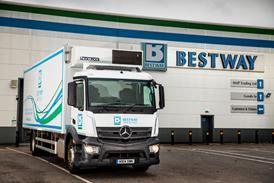
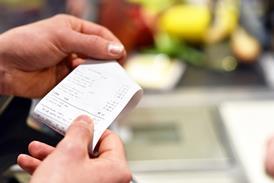
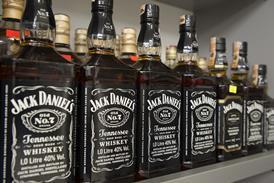



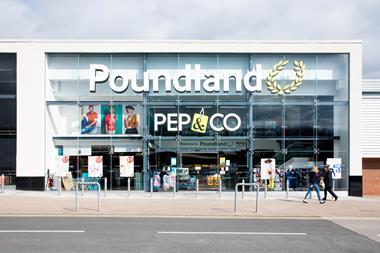
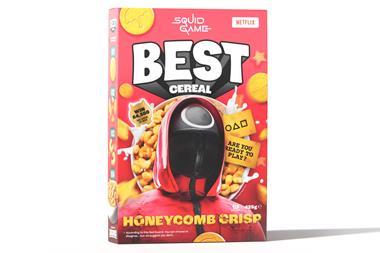


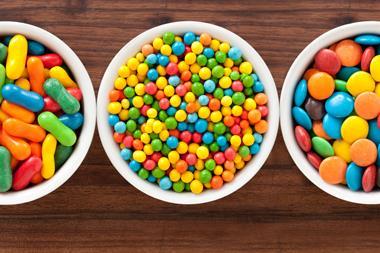






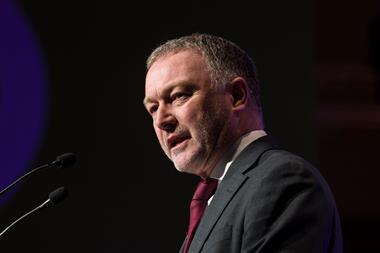
No comments yet